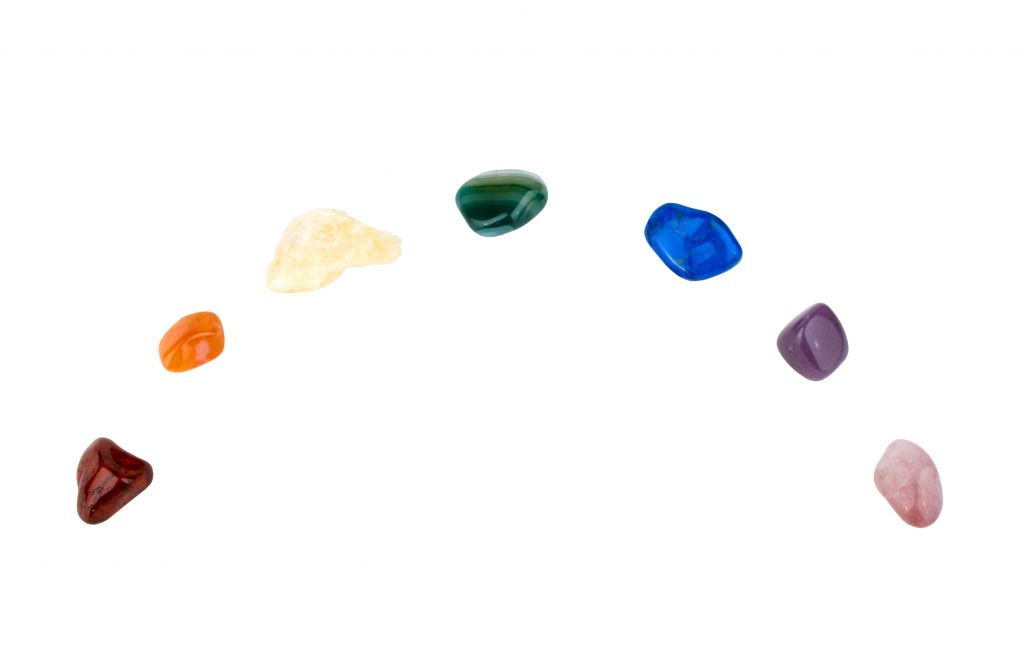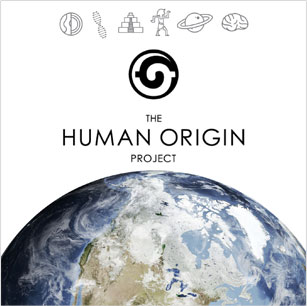The Sirius star or dog-star is one of the brightest in the night sky.
Today modern astronomers have revealed why the Sirius Star appears as it does. As a binary star system, it consists of one star, 25x the size our sun, and a smaller white-dwarf star 92 000 times its density.
Reference the Sirius star fills prehistory and mythology. Native English speakers may refer to the term ‘dog-days’ which could be a reference to its rising and ancient calendar systems.
An extensive look at its roots reveals a rich and fascinating story — one that is closely tied to a mysterious binary star called Sirius.
Quick Facts on the Sirius Star
- Name: Alpha canis majoris or the Dog Star
- Location: Canis Major (Big Dog)
- Distance from earth: 8.611 light years
- Color: Blue-white (variable)
- Surface temperature: 10,000 degrees Celsius (or 18,000 degrees Fahrenheit
- Luminosity: – 25.4 (25x our sun)
- Magnitude: -1.46 ( Brightest star in the sky)
The Astronomy of the Sirius Star System
Now that we’ve examined its place in numerous cultures, let’s take a look at the known physical characteristics of the binary star itself.
Located behind the Sun when viewed from our planet during the Northern Hemisphere’s summer, Sirius rises in the east, before the Sun begins to rise.
It was this pre-dawn path that led the astronomers of early civilizations to assume that the star somehow brought about the intense heat and droughts that were common in the middle of summer.
In addition to this, Sirius goes by a different name: Alpha Canis Majoris, or the Dog Star. Sirius earned its canine-inspired moniker due to its position on the Canis Major constellation, otherwise known as the Big Dog. It actually traces its name back to its Greek roots — “Seirios,” which means “sparking” or “scorching.”
According to modern-day estimates, the Sirius star system is approximately 8.6 light years away from Earth. Despite being so far away, astronomers are still able to gauge just how bright Sirius is, thanks to its stellar magnitude.
The stellar magnitude system used by astronomers is simple: the lower the number, the brighter the star is. In the case of the Sirius star system, its visual magnitude clocks in at -1.44, which means that when viewed from our vantage point in the cosmos, it is brighter than any other visible star.
- Note: this does not mean that Sirius is the brightest star in the entire galaxy. Sirius does not produce the most amount of energy, nor does it radiate the most intense light; however, other stars are farther away from Earth, and thus don’t shine as brightly as Sirius does. One doesn’t even need to use a telescope just to see Sirius.
There are only six celestial bodies within the Solar System that outshine Sirius: the Sun, the Moon, Mercury (which isn’t even the case most of the time), Venus, Mars, and Jupiter.
Binary Star Sirius A & B
Why is Sirius so bright despite its massive distance from our planet?
Sirius is a binary star system. In addition to the main sequence star (known as Sirius A), the system also features a smaller companion star (Sirius B).
Sirius A is twice the mass is twice that of Sirius B, which in turn is almost the same as our Sun’s.
-
Sirius A
Diameter of roughly 2.4 million kilometers (or 1.5 million miles). Sirius A is close to twice as large as our Sun.
It is a main-sequence star (spectral type A1V). That means Sirius A’s energy is a direct result of the fusion of hydrogen atoms deep within its core. This gives Sirius A a luminosity that is easily 25 times that of our Sun, as well as a surface temperature of around 10,000 degrees Celsius (or 18,000 degrees Fahrenheit).
-
Sirius B
A diameter of approximately 11,800 km (7,300 miles). As a white dwarf star, Sirius B has a density 92 000 times our own sun.
One cubic inch of material at that density would weigh over two tons at the surface of the Earth. It has a gravitational force that is about 350,000 times stronger than Earth’s.
Meanwhile, Sirius B travels around Sirius A following a highly elliptical orbit. Its luminosity is roughly 3% that of the Sun. However, it’s easily five times as hot as the sun, registering surface temperatures of close to 25,000 degrees Celsius (45,000 degrees Fahrenheit).
Relative to Earth, Sirius B is the closest known white dwarf star. That is a star that is so old that it has completely depleted its energy source and lost its outer layers.
How to Observe Sirius in the Sky
At what time of the year does Sirius normally start to show up? The rise of Sirius has influenced the belief systems of many early civilizations.
It is usually around February when people living in the Northern Hemisphere begin to notice Sirius appearing in the sky.
Being the brightest star in the sky, it isn’t hard to find Sirius. In fact, one can look at Orion’s Belt and draw a line through it to spot this star. (In a way, it’s similar to Orion fitting a leash around his dog’s neck and taking him for a walk!)
Sirius Star Color
Spectators have witnessed its many color shifts, which have earned it the nickname “rainbow star.” On some occasions, the star’s apparent color-changing has even led some overly eager stargazers to report it as an alien sighting. However, most experts recognize that it is typically either white, blue-white, or white and yellow in color.
The science behind this color-swapping, though, is the same reason why we have sunsets of varying degrees of redness: Rayleigh scattering, or the scattering of light in a medium (in this case, Earth’s atmosphere) without any disruptions in wavelength.
Given the differences in temperature and density across different parts of our planet’s atmosphere, the light that shines from Sirius varies depending on the quality of the air in the beholder’s location.
This effect is actually observable in other stars as well; it’s noticeable with Sirius because of its sheer brightness.
A third star: Is there a Sirius C?
Ever since Sirius’ discovery approximately 150 years ago, it has been identified as a two-star system. However, in 1995, a pair of astronomers published a paper that reported that there may actually be a third star — which they aptly named Sirius C — in the system.
According to D. Benest and J.L. Duvent, a third “tiny star” in the Sirius star system was observed almost two dozen times over the course of a decade, from 1920 to 1930. While the possibility exists that it was merely a phantom or reflection, it could also be an actual star with its own orbit.
There’s also the African Dogon Tribe who, according to some researchers possessed remarkable knowledge about the Sirius Star. Without access to telescopes they identified that there was a Sirius B, within their teachings.
Not only that, they reference a third star in the Sirius star system. Located in Mali in West Africa, the Dogon were allegedly contacted by Marcel Griaule, a French anthropologist who was well-known for his published works on the tribe.
Some suggest the Dogon learned what they know about the Sirius star system from Griaule himself.
Today, extensive studies of existing literature provide no solid proof that a third star indeed exists. On the other hand, the two scientists based their observations and results on meticulous calculations.
Up to this day, there is still no definite and conclusive answer as to whether the enigmatic Sirius C exists or not. As a result, many modern astronomers strongly reject the idea.
The Sirius star & Egyptian Mythology
Interestingly, the name Sirius manifests in various myths and ancient cultures all over the world. After all, the history of human civilization has shown that astronomy and mythology are greatly intertwined — and this two-star system is certainly no exception.
The Ancient Egyptians, for one, had their own take on Sirius. The Egyptian gods Osiris and Sopdet were both deeply associated with Sirius. The former was known as the god of life, fertility, death and rebirth; meanwhile, the latter was a god of agriculture who was strongly connected to the Nile river.
Due to the Sirius star’s mysterious nature and extraordinary brightness — as well as the fact that early stargazers noticed a pattern that seemed to exist concerning Sirius’s appearances in the sky and the annual flooding of the Nile river — the people operated under the belief that this supposedly powerful entity was watching over them and their regular harvests.
The Egyptians based their calendar on 30-day lunar cycles, as well as Sirius’ helical rising. They even celebrated this cycle by starting their new year with a festival known as the Coming of Sopdet.
The Sirius Star in Greek Mythology
Sirius also shared a strong connection with many of their mythology’s prominent and significant characters and stories. For instance, the name Sirius was attributed to the daughter of the Titan Atlas, known as Maira (or Maera). Maira was the wife of the founder of Tegea, King Tegeates.
There was another Maira in Greek mythology, though: the dog of the hero Ikarios (or Icarus), a man blessed with winemaking expertise by the god Dionysus.
Meanwhile, the name Sirius could be found in other myths as well: it was the name of the dog of Orion (called Lailaps or Laelaps), the golden-hound of Zeus (known as Kyon Khrseos), and the hound of the giant Geryon, Orthros (whose name means “morning twilight”).
The star itself, however, was connected with Hekate, the daughter of Perses and Asteria, who was quite fond of dogs.
The Sirius Star in Indian Mythology
Indian mythology also had a place for Sirius. There, the dog is known as Svana. As the story goes, Svana was the faithful pet and companion of Prince Yudhistira from the Hindu epic called Mahabharata. Prince Yudhistira and Svana went out into the world on a long journey with his brothers to find the secret way to heaven.
Svana’s loyalty to Prince Yudhistira was proven when, instead of abandoning the prince to pursue his quest alone (much like what his brothers did), the canine remained by his master’s side as they both journeyed on. The pair succeeded in reaching heaven’s gate, but were met by Indra himself, who demanded that Svana be left behind.
Appalled by this restriction, Prince Yudhistira attested to the immeasurable joy and value that the faithful Svana brought to his life, and insisted that he would not enter heaven without his dog. Moved by the pair’s incredible bond, the king of heaven revealed that it was only a test, and allowed both Prince Yudhistira and Svana to walk through heaven’s gates at last.
The Sirius Star Constellation & Astrology of Sirius

Image: Ancient Sirius astrology depicts it as one of fifteen fixed star systems.
As one of the Behenian fixed stars, Sirius is typically depicted as either a virgin or canine.
Behenian fixed stars are a selection of fifteen stars considered especially useful for applications in the medieval astrology of Europe and the Arab world.
Associated with dogs, Sirius is regarded in astrology as a symbol of honor, renown, wealth, ardor, faithfulness, devotion, passion, and resentment.
People who seek fame and wealth, as well as lawyers, politicians, and military personnel, look to Sirius for guidance and inspiration, as it is believed to give the dead a lasting legacy. Its position relative to Mars and Jupiter gives it a remarkably strong association with riches, influence, and good luck.
Sirius is also both a source of inspiration and a warning for creatives, as it reinforces the existence of potential within while warning against having more power than one can handle.
This star is not without its own negative connotations, though. Among other things, it serves as a cautionary measure or warning against dog attacks.
Conclusion
Sirius has shaped the beliefs, attitudes, and way of life of civilizations from centuries ago, and will no doubt continue to inspire and influence human progress in the years to come.
In what ways it will do so, however, remain to be seen. And when that day comes, it certainly won’t be a dog day for humanity.
Do you think it’s possible that the Sirius star system is in fact a triple binary? Is there a Sirius C star?
Leave your thoughts in the comments section below.
Further Reading:
- https://www.solarsystemquick.com/universe/sirius-star.htm
- https://earthsky.org/brightest-stars/sirius-the-brightest-star
- Benest, Daniel, and J. L. Duvent. “Is Sirius a triple star?.“ Astronomy and astrophysics 299 (1995): 621.
- https://www.amazon.com/Sirius-Matters-Astrophysics-Science-Library/dp/1402083181
- https://earthsky.org/tonight/good-sky-trick-orions-belt-points-to-starsirius


 The Sirius Star is actually a binary star system. Sirius A is the visible larger star, and Sirius B is a very dense, much smaller white dwarf star.
The Sirius Star is actually a binary star system. Sirius A is the visible larger star, and Sirius B is a very dense, much smaller white dwarf star. 
























